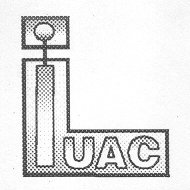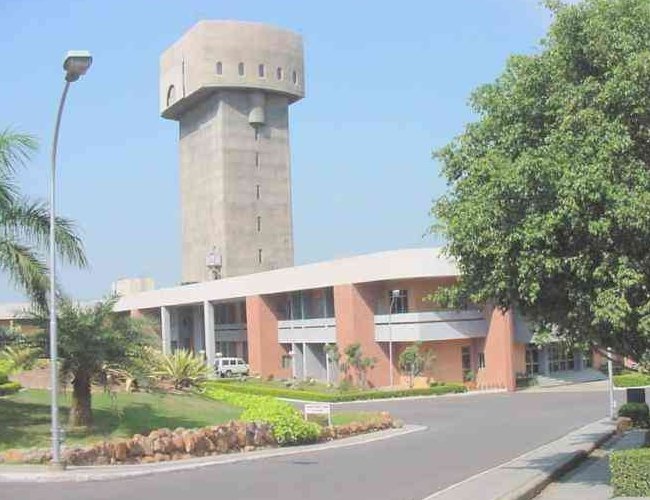Perturbed Angular Distribution (PAD) Setup
Ensemble of excited and aligned (perpendicular to the beam direction) nuclei
is formed in nuclear reactions. The resulting anisotropic intensity
distribution of γ-rays can be perturbed due to the extra-nuclear
electromagnetic fields (through hyperfine interactions) depending on the
lifetime of the excited state. The extracted perturbation factor, observed
in the integral or differential mode with respect to time, is proportional
to the product of the nuclear parameter (magnetic and quadrupole moments)
and the atomic environment (magnetic field and electric field gradient due
to electronic spin and charge distribution). The PAD technique is well
established technique in most of the accelerator laboratories because of
the following reasons:
(i) The static electromagnetic moments (crucial for the unambiguous nuclear
structure information) of the excited states can be measured only through
this technique.
(ii) As compared to the Mossbauer and the NMR techniques this is a very
sensitive technique. For the problems in condensed matter physics, one can
have very low concentration (to reduce the impurity – impurity interaction)
of probe atoms of most of the elements with no limitation of the temperature.
The PAD facility at IUAC consists of angular correlation table, target
chamber and a C-type electromagnet (to provide maximum 1.8 T magnetic
field between the 1” pole gap). Both type of detectors, scintillator
and semiconductor, can be mounted in the plane perpendicular to the
magnetic field. In the past, main interest has been for the systematic
investigations of the nuclear structure (configuration and the quadrupole
deformation) and the decay mechanism of the K-isomers in Hf-Ta region.
Now the PAD setup is redesigned and the experiments are planned for the
nuclear moment measurements using the transient magnetic fields and the
ionic state of the transitional impurities in dilute magnetic
semiconductors. | 


